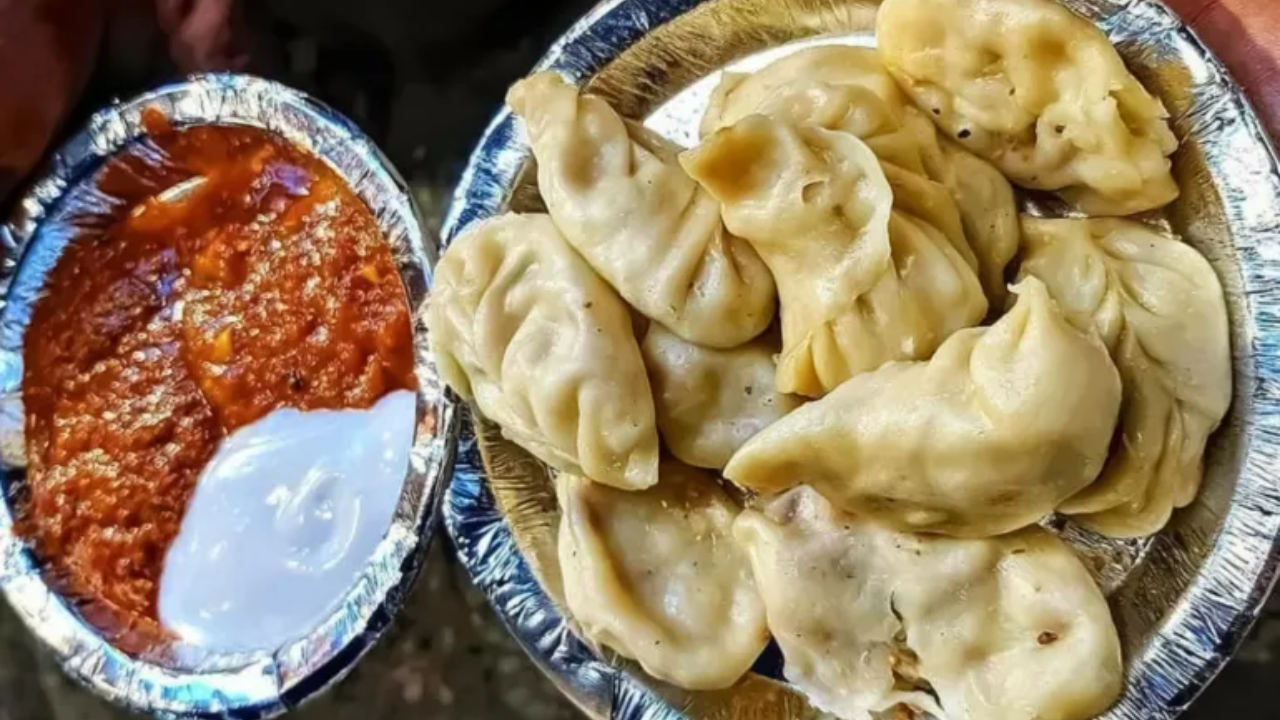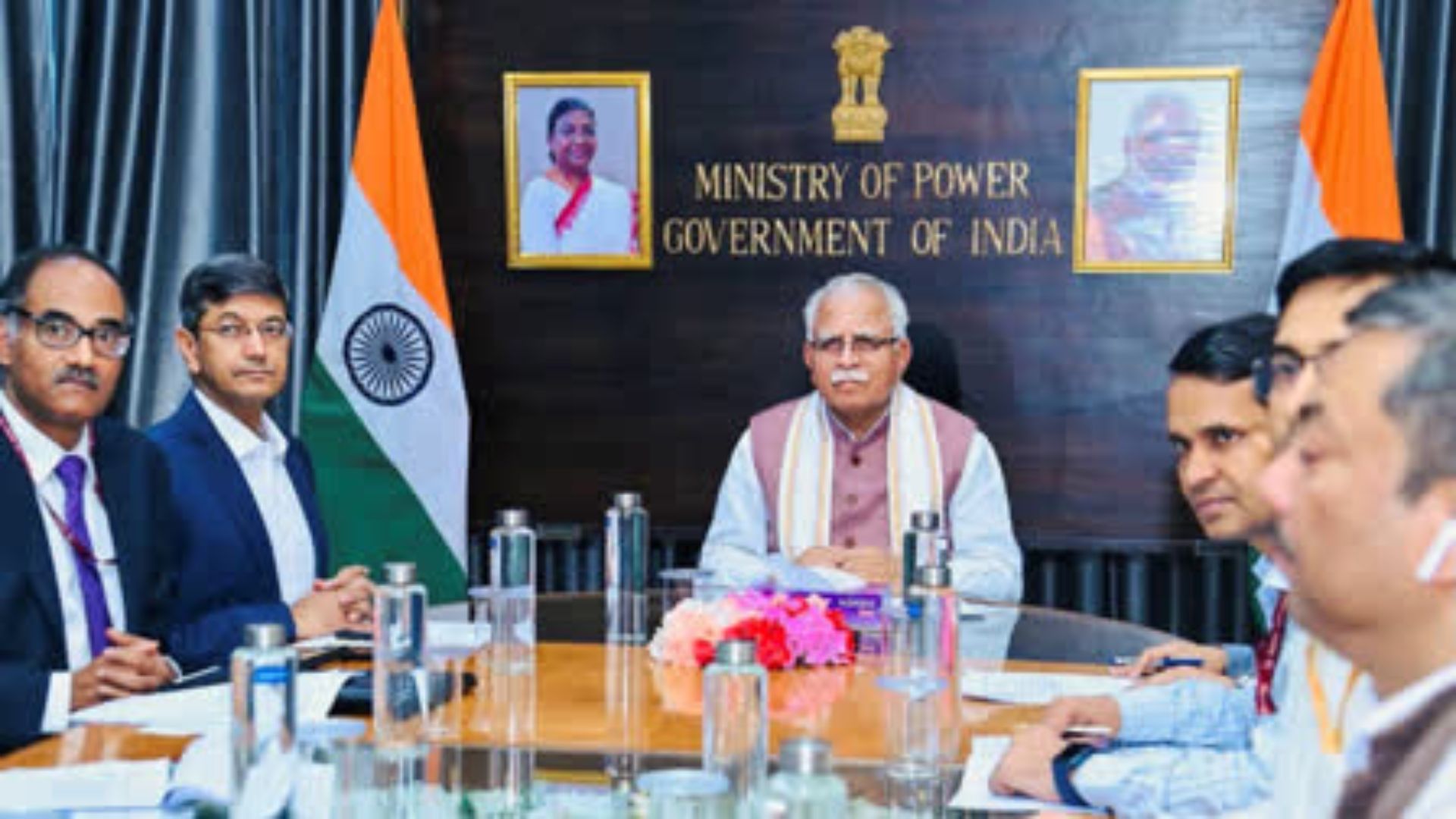Momos, a steamed or fried variety of dumplings, have become a beloved street food across India. These dough-wrapped pockets of spiced vegetables or meat, served with various sauces and condiments, offer a simple yet satisfying snack.
Kurush F Dalal, an archaeologist and culinary anthropologist, explains that momos have always been a part of the Himalayan region. “Almost all the communities across the middle and higher Himalayas and the Tibetan Plateau have their versions of dumplings we now call momos.” This tradition spans from Europe to China. However, he notes, “Every single momo is a dumpling, but every single dumpling is not a momo.”
The key difference lies in the casing and fillings. Dumplings, particularly dim sums, use a mix of flours like rice, potato starch, or cornstarch for the dough. The fillings are an art form with endless options, explains Rushina Munshaw-Ghildiyal, a culinary expert. In contrast, momos are more rustic, made with all-purpose flour, making them appear more opaque, and typically filled with ginger, garlic, and onions. Dalal suspects that momos originated in Tibet – “momo” is a Tibetan word. However, this trans-Himalayan food is also enjoyed in Nepal, Bhutan, and India’s Uttarakhand and Himachal Pradesh states. “Food travels the same highways as trade does,” Dalal says. “As traders travel, their food travels with them.”
Momos first arrived in Kolkata with Tibetan refugees fleeing China in 1960, following the Dalai Lama’s escape to India. Today, India hosts the world’s largest Tibetan diaspora, estimated at 80,000 people. One of the earliest and most famous momo sellers, Tibetan Delight, opened in Kolkata’s Chowrangee area. The shop, located at the front of a home where Tibetan refugee families lived, sold steamed momos, primarily pork, served on plates to be eaten on nearby benches.
In the 1990s and early 2000s, momos surged in popularity in Delhi and Kolkata. Doma Wang, who arrived in Salt Lake, Kolkata, over 30 years ago, began selling momos from her home in 1992, inspired by an elderly woman who did the same. By 2005, she opened the Blue Poppy Restaurant, earning the title “The Momo Queen of Kolkata” from her devoted patrons.
In 1994, an open-air market in New Delhi called Delhi Haat began attracting vendors from the northeast, who served momos – initially pork, then chicken – and fruit beer. Many Nepalese and Tibetans, having come to Delhi as students, refugees, and economic migrants, were both enthusiastic customers and a knowledgeable workforce for the city’s growing number of momo shops.
Initially, Indians found momos bland, explains Vipul Yadav, a brand manager who conducts food heritage walks in Mumbai. He shares a story about Dolma Tsering, known as Dolma Aunty, a Tibetan native who opened one of the first momo stalls in New Delhi’s Lajpat Nagar in 1994. At first, there were few buyers, as people thought the dumplings were raw. To adapt, Dolma Aunty began serving them with tangy chutneys, a staple in Indian cuisine. “People often remember the dish with the condiment served,” Yadav notes, “and momos are no exception.”
Wang concurs, stating that a momo is incomplete without the red chutney, made by soaking dry red chilies in oil and grinding them with a little salt.
Momos are sold from steamer carts, corner shops, and small restaurants, most opening in the evenings and operating for a few hours. Typically eaten while standing, some shops provide tables and chairs. Almost every Indian city and many villages offer a variety of momos, always accompanied by chutneys and mayonnaise.
Traditionally, momos are made from all-purpose flour kneaded with cold water and filled with meat. However, during Buddha Jayanti (Buddha’s birthday) month, Tibetans eat vegetarian momos made with cabbage, onions, ginger, salt, and sometimes churpi (yak cheese), explains Wang.
The secret to making perfect momos lies in the skin. “It should neither be too thick nor too thin,” Wang explains. Thin dough breaks, while thick dough doesn’t taste good. The meat-to-onion ratio is crucial for the best-tasting filling.
Shops often specialize in one or two types of momos to streamline preparation. There are myriad flavors: vegetarian and non-vegetarian, cheese, paneer, jhol (soupy), gravy, kothey (pan-fried), tandoori, Hakka, Afghan, Schezwan, and more. Popular fillings include vegetables, chicken, and meat, with more unusual options like potato and cheese, mushrooms with onions, ginger garlic with green chilies, and Maggi instant noodles. Sweet momos, such as those filled with bits of chocolate lava cake, are also available.
“Kurkure [crispy] momos are mind-blowing,” says Ghildiyal. These are rolled in cornflour, coated with cornflakes, fried, and sprinkled with chaat masala (spice powder).
Momos are popular not only for their taste but also for their affordability. A plate of six momos costs around 60-90 rupees ($0.72 – $1.07), making them a satisfying, pocket-friendly option.
“The tactile satisfaction a hot momo offers at the end of the day could be the main cause of its popularity as a street food,” Ghildiyal suggests. The combination of the outer casing mingling with the savory filling and the hot chutney’s explosion of garlic and chili flavors is a delight.
“Hot, salty, and spicy, it is designed to be liked,” adds Ghildiyal.
Momos are here to stay, asserts Prerna Kumar, founder of the tea brand ChaiVeda. She has extensively researched Indian food traditions and trends. “Momos have become a part of Indian food just like the samosa. New flavors will emerge as people experiment with local tastes.” As Mumbai engineering student Anushka Puranik puts it, “There is a momo for every season and every state of mind and heart … [The] strong feel-good factor is unparalleled.”
















